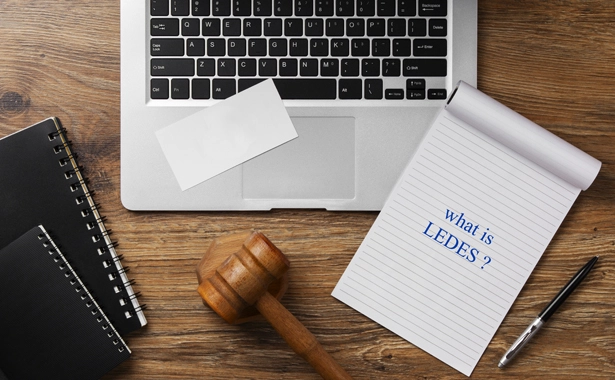Status Quo Meaning: How It Shapes Lawful Choices and Criteria
Status Quo Meaning: How It Shapes Lawful Choices and Criteria
Blog Article
Navigating the Characteristics of Status in Legal Equipments: An All Natural Technique
In the world of lawful systems, the concept of condition quo holds a significant function in forming the foundation upon which legislations and laws are constructed. By delving into the detailed interaction of various aspects affecting the lawful status quo, one can discover nuanced understandings that lead the way for notified decision-making and calculated preparation.
The Significance of Condition Quo Evaluation
In lawful proceedings, carrying out a comprehensive status analysis is critical to comprehending the existing state of events and giving a structure for educated decision-making. This evaluation involves an extensive evaluation of existing problems, arrangements, and conditions that form the context within which lawsuits are being considered. By examining the condition quo, lawyers can recognize vital stakeholders, civil liberties and obligations, potential risks, and opportunities for resolution.
Furthermore, delving right into the status facilitates the identification of any voids or inconsistencies that might exist, clarifying locations that call for interest or information. This process aids in setting practical assumptions and creating methods that line up with the prevailing circumstances. Understanding the standing quo is critical for establishing a roadmap that guides legal process in the direction of effective results while reducing unintended effects.
Inevitably, a careful status evaluation offers as a cornerstone for sound lawful guidance and tactical planning. It makes it possible for legal specialists to browse complexities, anticipate obstacles, and tailor their approach to attain beneficial outcomes for their clients.
Factors Affecting Legal Status
Considering the intricate internet of legislations, regulations, and social norms, what are the primary variables that shape and influence the lawful status quo in contemporary lawful systems? A number of key variables play vital functions in identifying the lawful condition quo within a legal system. In addition, political dynamics and the equilibrium of power within a legal system can greatly influence the legal condition quo.
Techniques for Status Administration
Effective monitoring of the lawful status quo calls for a tactical strategy that acknowledges the dynamic nature of legal systems and the varied elements affecting them. One crucial technique for status management is normal tracking and evaluation of legal growths. This involves staying updated on new laws, policies, and judicial decisions that could impact the current lawful landscape. By proactively keeping track of these changes, lawful experts can anticipate possible challenges and adapt their methods as necessary.

Furthermore, efficient interaction and collaboration among stakeholders are important strategies for managing the condition quo in legal systems. By cultivating open discussion and participation in between policymakers, lawyers, and various other relevant celebrations, potential conflicts can be attended to proactively, and solutions can be established collaboratively to maintain a stable lawful setting.
Challenges in Status Adaptation

In addition, the lack of clear guidelines for browsing status modifications can develop uncertainty and ambiguity. Attorneys frequently locate themselves in undiscovered region when attempting to challenge existing norms or integrate new legal structures. This can bring about hesitancy and reluctance to depart from acquainted techniques, further hampering the adaptation procedure.

Executing Holistic Techniques
Including a comprehensive point of view right into legal approaches is crucial for dealing with the diverse challenges of modern legal systems. Carrying out alternative approaches includes a shift in the direction of checking out lawful issues as interconnected parts of a bigger system as opposed to separated incidents. This needs an aggressive stance that thinks about not just the immediate legal ramifications yet also the wider social, financial, and moral impacts of legal choices.
One trick facet of implementing alternative techniques is cultivating interdisciplinary partnership within lawful groups. By bringing together professionals with diverse backgrounds such as legislation, psychology, business economics, and sociology, an extra nuanced understanding of intricate lawful concerns can be achieved. This collaborative method allows legal professionals to establish a lot more reliable approaches that make up a large range of factors influencing the outcomes of lawful instances.
Furthermore, welcoming modern technology and data-driven understandings is crucial in implementing alternative approaches in legal systems. look at this site Leveraging devices like expert system for lawful research study, predictive analytics for case outcomes, and information visualization for presenting intricate details can boost decision-making processes and enhance overall lawful end results. By incorporating these technological innovations into lawful technique, a much more reliable and alternative method to dealing with legal obstacles can be accomplished.
Conclusion
Finally, browsing the dynamics of status in lawful systems needs an extensive understanding of the significance of status analysis, the various aspects influencing lawful condition quo, effective methods for condition quo monitoring, and the difficulties in status quo adjustment. Executing all natural methods is essential for efficiently managing and adjusting to the status in legal systems. It is crucial for attorneys to regularly adjust and evaluate to the altering characteristics check over here of the status to make certain effective and effective lawful end results.
Thinking about the detailed web of legislations, laws, and societal norms, what are the main variables that shape and affect the lawful status quo in contemporary legal systems? Numerous key elements play vital roles in identifying the lawful standing quo within a lawful system. It is the interplay of these elements that jointly form and affect the lawful status quo in modern lawful systems.
Reliable monitoring of the lawful status quo requires a tactical method that recognizes the vibrant nature of lawful systems and the varied variables affecting them.In verdict, navigating the dynamics of standing quo in legal systems calls for a thorough understanding of the significance of status quo a knockout post analysis, the numerous aspects affecting lawful status quo, reliable approaches for standing quo monitoring, and the obstacles in standing quo adjustment.
Report this page